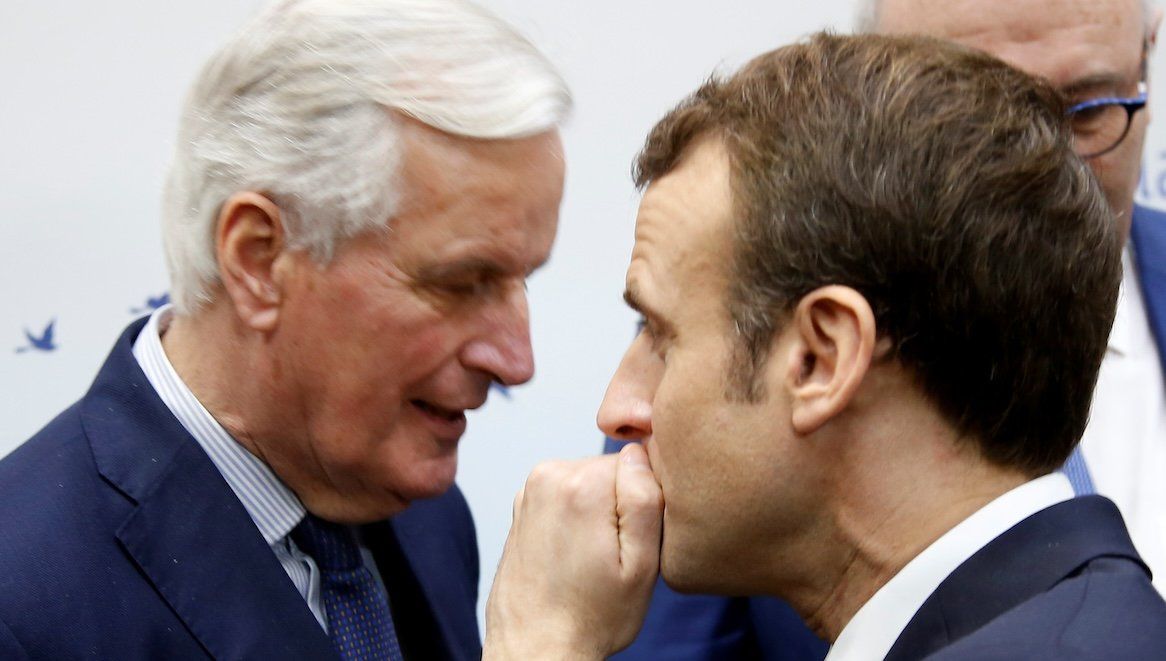Barnier’s biggest job will be to reassure Brussels and investors that he can lead France out of the political and fiscal crisis that has plagued the country for months. In particular, he’ll have to fill a big shortfall in this year’s budget and pass a deficit-cutting budget for 2025. To help with this tall task, he’ll try to form a national unity government that includes influential politicians from the center-left, Macron’s centrist bloc, and the center-right.
But, as Eurasia Group’s lead Europe expert Mujtaba Rahman warns, Barnier doesn’t begin from a position of political strength. He represents his country’s center-right, which won just 47 of the 577 deputies in the new National Assembly. “The key figure for Barnier’s survival will be the far right’s Marine Le Pen," Rahman says. Given the math, and the eagerness of the far left to push Barnier out, “Le Pen has the power to bring down the Barnier government whenever she chooses."
